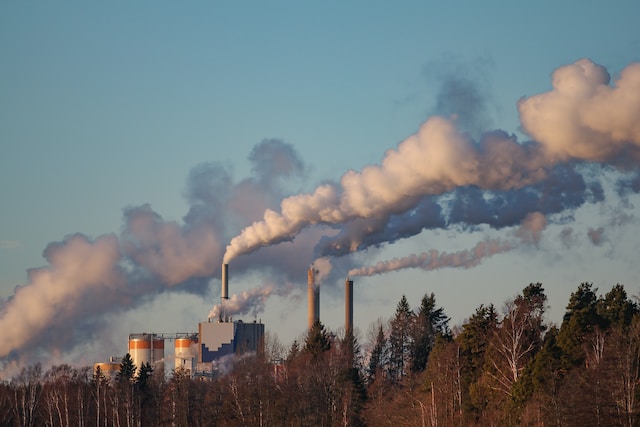According to a report from the International Energy Agency (IEA), carbon emissions related to energy may peak by 2025. This comes as a result of the vast deployment of renewable energy, electric vehicles (EVs), and the utilization of heat pumps.
The IEA included the in-depth analysis in the World Energy Outlook 2023 (WEO-2023), published in October 2023, concluding that clean energy sources will account for nearly 50% of the global electricity mix by 2030 (up from 30% today), while the number of EVs will increase ten times. A reason is also Russia’s invasion of Ukraine, which significantly increased clean energy investments. Still, the world is not on a path to meet the 1.5°C target of the Paris Agreement. According to the IEA, this “remains possible but very difficult”.
IEA executive director Dr. Fatih Birol said, “The transition to clean energy is happening worldwide and it’s unstoppable. It’s not a question of ‘if’, it’s just a matter of ‘how soon’ – and the sooner the better for all of us,”, adding that “Governments, companies and investors need to get behind clean energy transitions rather than hindering them,”
The WEO 2023 also proposes five key pillars, which would also provide a basis for a successful COP28 climate change conference, and include tripling the global renewable capacity and doubling the rate of energy efficiency improvements, among others.
Dr. Birol also added, “There are immense benefits on offer, including new industrial opportunities and jobs, greater energy security, cleaner air, universal energy access and a safer climate for everyone. Taking into account the ongoing strains and volatility in traditional energy markets today, claims that oil and gas represent safe or secure choices for the world’s energy and climate future look weaker than ever.”







